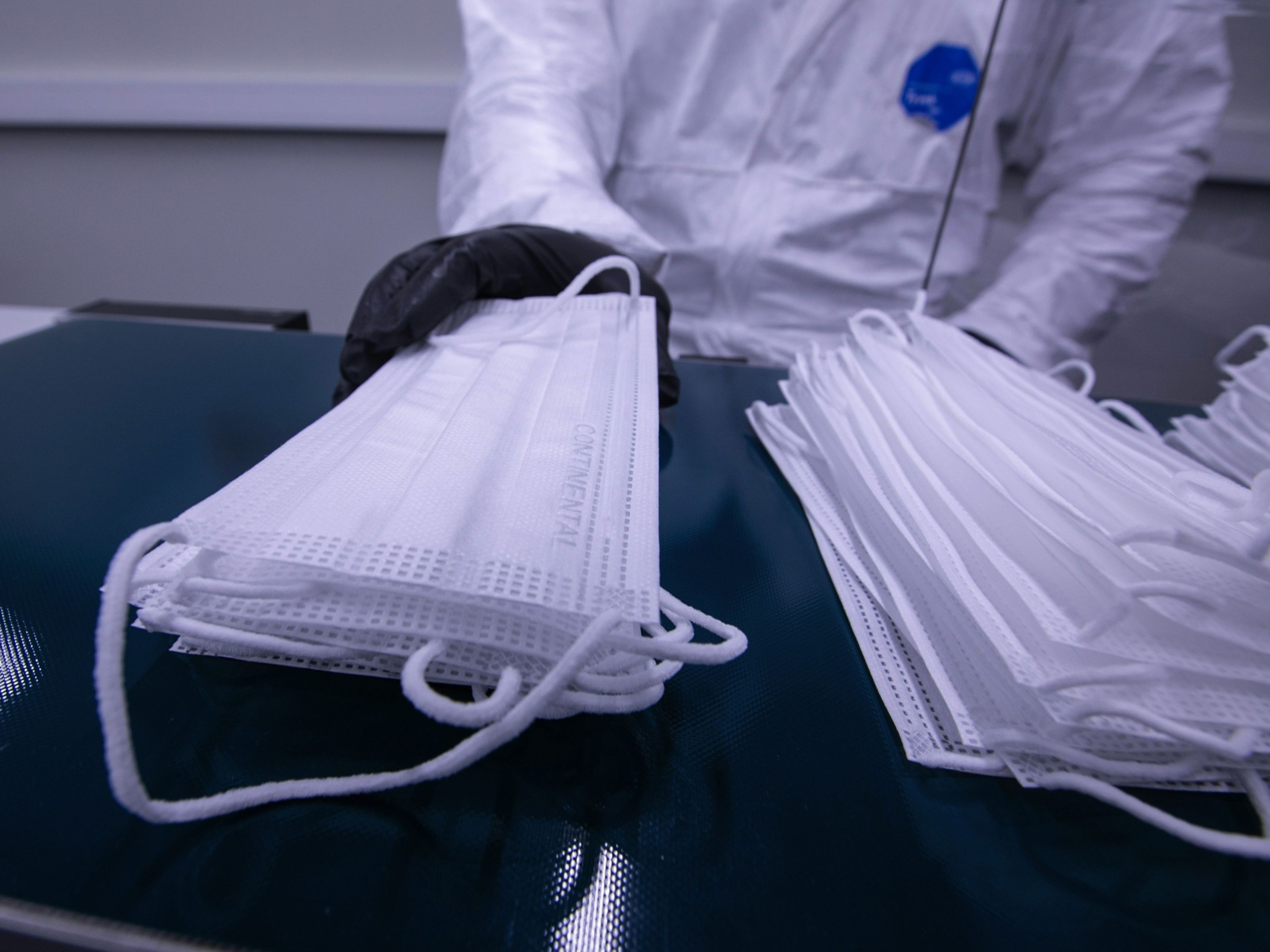
As if damage to people and supply chains by the coronavirus pandemic and economic freefall weren’t bad enough, add to it the greater difficulty of monitoring human rights violations in distant farms and factories.
Despite the connectivity afforded global supply chains by modern-day electronic communications, much of the effort at ensuring fair labor practices still hinges on physical inspection by site monitors. Brands and original equipment manufacturers can’t get the full picture solely from reports submitted by the factories themselves. Sometimes the visits are announced; other times they’re conducted by individuals operating undercover as production-line workers. Either way, it’s crucial to be on the scene.
With the pandemic shutting down travel and everyday human interaction, periodic in-person scrutiny has become impossible. So it should come as no surprise that adherence by factories to fair labor standards has slipped in recent months.
According to the 2020 Risk Report by Riskmethods, the risk from unfair labor practices and human rights violations increased by 1.7 times from January to May. Meanwhile, the pandemic has added a level of concern to this already shaky edifice: the latest Business Sustainability Risk & Performance Index from EcoVadis finds more than 25% of suppliers without any measures in place to protect workers from contracting the disease on the job. They are similarly lacking in knowledge of health and safety practices by their own suppliers.
In April of this year, as the pandemic surged, EcoVadis set out to assess the state of compliance by manufacturers and suppliers with sustainability guidelines. For comparison, it drew on results culled over the prior 24 months, consisting of some 35,000 individual ratings. Each covered 21 criteria, three of which relate directly to the issue of human rights in a time of pandemic: the upholding of measures for health and safety; fair working conditions, including policies such as onsite childcare and the ability to work remotely when possible; and actions taken to ensure sanitary conditions and health protection by partners and suppliers.
The survey found that a third of the companies sampled had taken no concrete action on those three criteria in the previous 24 months. When broken out, some of the numbers looked even more dismal: in the case of monitoring sub-suppliers and partners, 80% had taken no action.
The global scope of the pandemic, unforeseen by sustainability advocates less than a year ago, suggests that they need to tweak their model to get a true picture of compliance in times of crisis. EcoVadis has yet to alter its criteria for health and safety, “but we are thinking of adding new actions,” says vice president of research Sylvain Guyoton. That could mean a location-by-location assessment of risk with respect to requirements that have become all too familiar in recent months, such as frequent health checkups of workers and the availability of personal protective equipment (PPE). Even those obvious measures have been ignored by many of the companies highlighted in the latest EcoVadis survey.
Even without the option of site visits, EcoVadis could tell in March and April of this year that many companies under review were becoming “less reactive” to human rights requirements, Guyoton says. The organization was having to rate subjects remotely by aggregating data from multiple sources, including that provided directly by manufacturers as well as reports from NGOs and local authorities.
Something must be done, if only on a temporary basis, to replace the intelligence that comes from in-person site inspections. “It has given us the idea that we probably need to invent a new form of audit,” Guyoton says, citing as one option a greater reliance on input from workers on the shop floor. Such individuals could use the cameras in their phones to record actual conditions, although their actions would likely need to be surreptitious to avoid retaliation by employers.
Even before the pandemic, some were questioning whether the traditional onsite inspection was of much value in the first place, given the ability to employers to spruce up conditions in the plant for the span of a one- to two-day visit. Now, however, the virus is likely to accelerate the development of workable — and possibly more effective — alternatives.
“It’s important for us to make sure we collect as much data as possible,” says Guyoton. “This is pushing us to be more innovative.”
Whichever new methods EcoVadis and other risk-assessment bodies adopt in the coming months, they will face an age-old problem: the difficulty of obtaining accurate data from sub-suppliers in multi-tier supply chains. If 80% of tier 1 suppliers have little or no visibility of their direct vendors, how much worse must the situation be as one proceeds further up the supply chain? It only follows that many of the most serious human-rights violations, including slavery and the use of child labor, have been uncovered over the years at the very start of the process: farms and mines.
“The goal is to go further upstream in the supply chain,” says Guyoton. That can only be achieved by pressing primary manufacturers and suppliers to exercise strict diligence of their vendors — and by the adoption of new methods for ensuring compliance at all levels when personal inspections aren’t possible.







